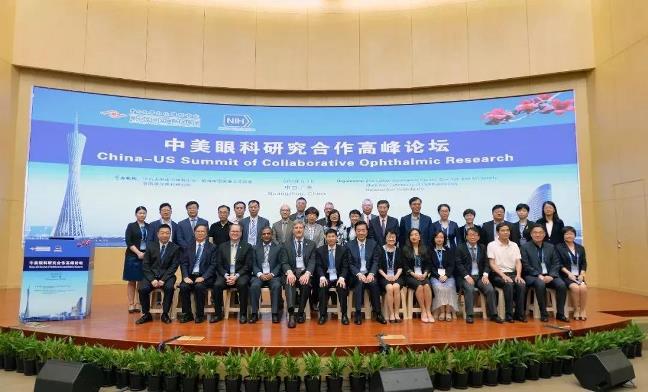The China-US Summit of Collaborative Ophthalmic Research Held in Zhongshan Ophthalmic Center, Sun Yat-sen University
The National Natural Science Foundation of China (NSFC) and the National Institutes of Health (NIH) of the US are representative government agencies that provide scientific research guidelines, strategic plans for scientific collaboration, review and support projects with priority budgeting and funding support in China and the US respectively. The two have been devoting themselves to promoting the high-level exchange and cooperation between the two countries in various health sectors. In December 2010, NSFC and NIH launched the US-China Program for Biomedical Collaborative Research Cooperation.
2019 has witnessed the 40th anniversary of the US-China diplomatic relation. And it is in the same year that the “eye and visual system” was included into the US-China Program for Biomedical Collaborative Research Cooperation. This exciting extension of the program brings new opportunities for scientists working in the field of ophthalmology to conduct basic research, translational research, and clinical research.
On May 15, 2019, with the collective guidance from NSFC and NIH, Zhongshan Ophthalmic Center (ZOC), Sun Yat-sen University and National Eye Institute (NEI) co-hosted the China-US Summit of Collaborative Ophthalmic Research in the Zhujiang New Town Premise of ZOC.
There were as many as 200 representatives in the Summit, including the Consul-General of the US Consulate General in Guangzhou, officials from the Guangdong Science and Technology Department, experts from NIH and NEI, management specialists from NSFC, and ophthalmology experts from the Top institutes in China in the field of ophthalmology.
Mr. Jim Levy, the Consul-General of the US Consulate General in Guangzhou, mentioned in his welcome remark that in the past 9 years, the US-China Program for Biomedical Collaborative Research Cooperation has successfully convened numerous top-notch American and Chinese experts to advance research in their fields for the benefit of the patients around the world. The enormous collaborations have also brought profound friendship among the experts in the two countries. Just as eye health issues know no boundaries, nor should the critical research efforts that are being carried out by China-US scientists to provide better care to patients around the world.
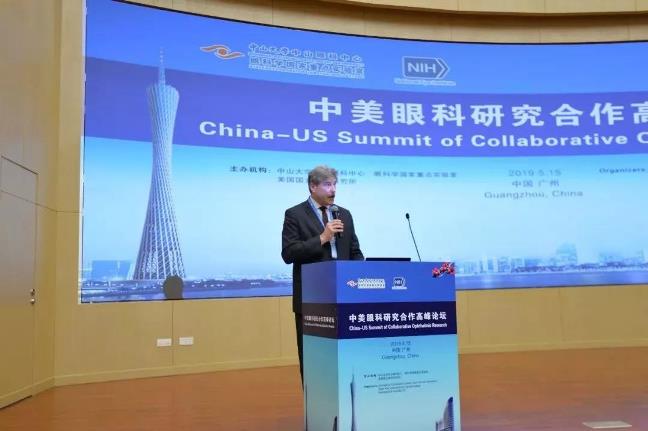
Professor Yizhi Liu, director of ZOC, mentioned in his welcome address that the inclusion of “eye and visual system” into the US-China Program for Biomedical Collaborative Research Cooperation brings new opportunities for scientists in the two countries. In the Summit, the representatives from the top-notch institutes in the US and the Top institutes in eye care and research in China gathered here to enhance mutual understanding, to better facilitate the implementation of the NSFC-NIH programs, to yield inspiring research findings, and to bring actual benefits to all patients around the world.
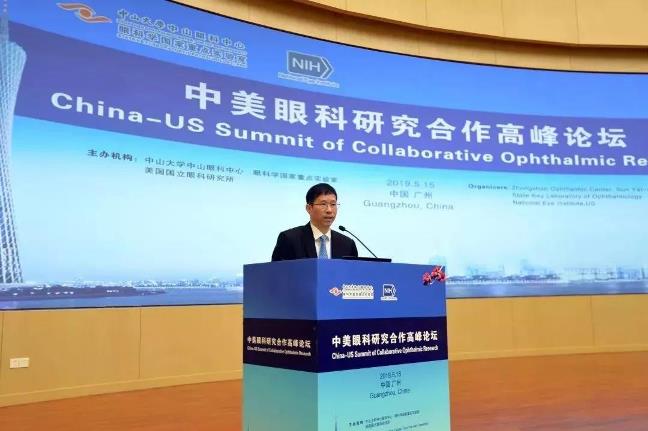
“Eye and visual system”included into the US-China Program for Biomedical Collaborative Research Cooperation for the first time
The China-US exchange and collaboration in medical science is
Over the past two decades, basic research, translational research as well as clinical diagnosis and treatments in the field of Ophthalmology have evolved rapidly in China and the US The two countries have been leading the world. Top research teams and institutes have been established respectively in the two countries. Common scientific interests and collaboration opportunities have been identified.
In December 2010, NSFC and NIH initiated the US-China Program for Biomedical Collaborative Research Cooperation. In January 2019, the“eye and visual system”was included into the US-China Program for the first time.
Professor Yizhi Liu, director of ZOC and State Key Laboratory of Ophthalmology (SKLO), told the media that the Summit was an embodiment of the high attention to eye research from the two countries, and it brings enormous opportunities to basic research, translational research, and clinical research in the field of ophthalmology, with the ultimate goal to advance scientific research and to safeguard the eye health of all people around the world. In the days to come, researchers in ophthalmology in China and US can apply NSFC or NIH respectively for funding to supporting their research. Professor Yizhi Liu said that those researches would focus on the cutting-edge topics, such as difficult and rare diseases, stem cells research, genetic disease, eye neurologic disease, as well as big data and artificial intelligence.
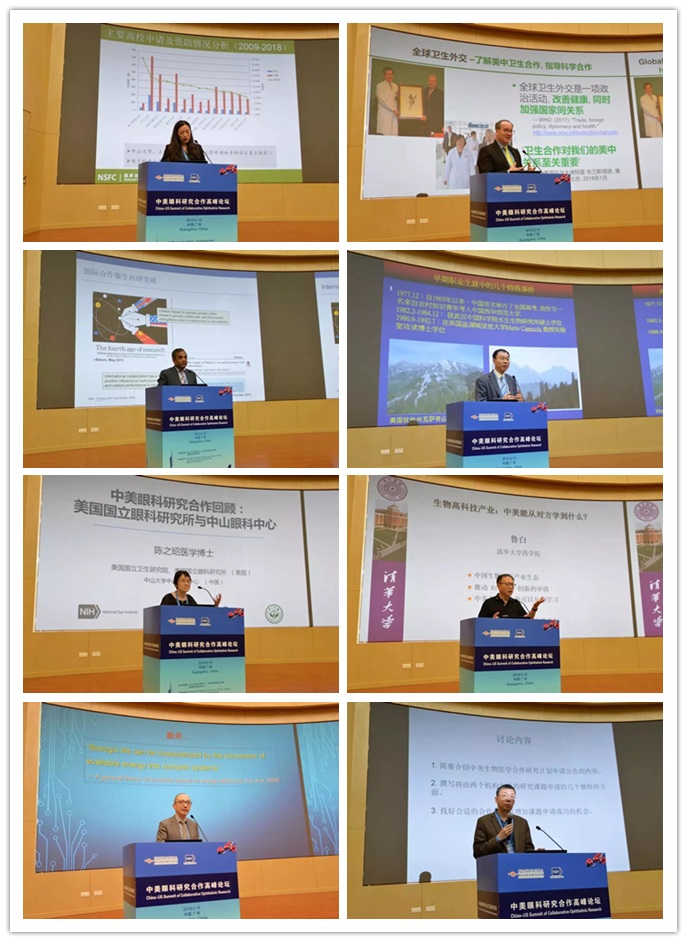
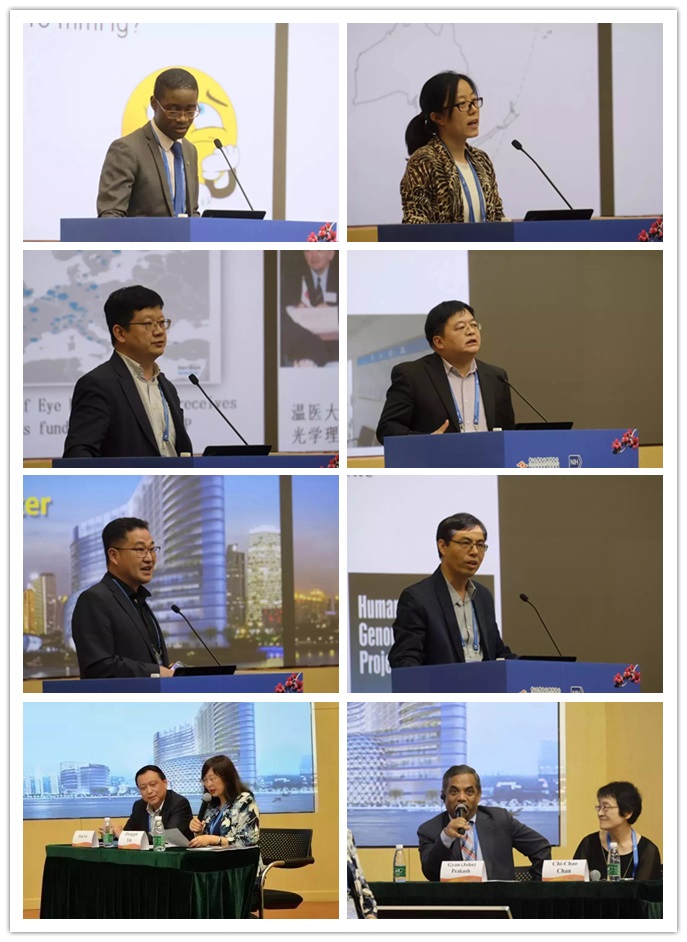
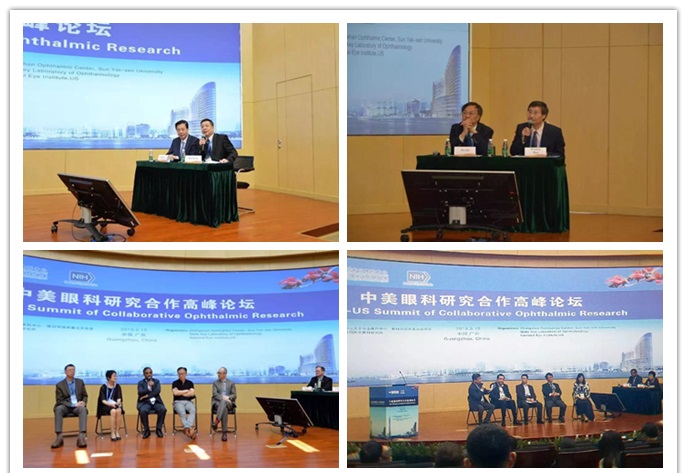
Sharing on the latest research findings
In the Summit, the experts in China and US delivered speeches on hot topics, such as “NIH International Research Collaborations to Prevent and Manage Blinding Eye Diseases”, “Biotech Industry: What US and China Could Learn from Each Other”, “Striving for a Win-Win Situation-Collaboration is the Most Efficient Way in Science and Medicine”, and so on. The Summit has also held open discussions on “Perspective and Experiences Sharing on China-US Research Cooperation”, “How to Enhance the US-China Collaborative Research”, and “US-China Collaborative Research in Ophthalmology”.
In the meantime, the representatives of the Top institutes in eye care and research in China have shared with the participants on the current status, the latest research findings, and the best practices of their own organizations, showcasing their institute to seek for collaborative opportunities.
The China-US Summit of Collaborative Ophthalmic Research embraced a successful ending in the afternoon on May 15. The Summit has brought together enormous top-notch ophthalmologists worldwide to share with the participants the latest research findings and the best practices. Most importantly, the Summit has fostered new partnerships for future collaborations with the joint efforts to safeguard the global eye health.
China and US share the common aim that the two countries can work together to become stronger, to embrace more progress, and to bring more actual benefit to the people around the world.
